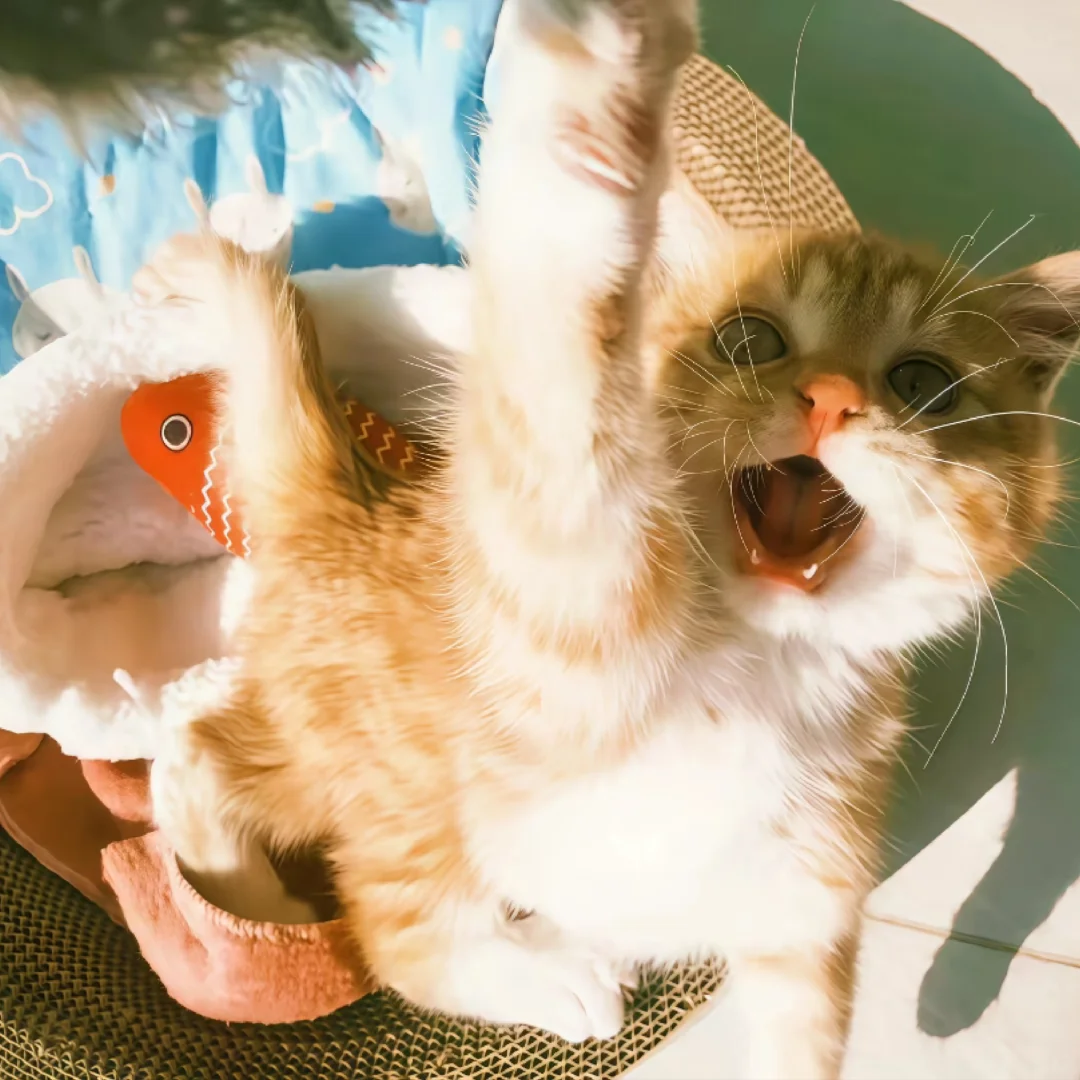 Introduction: Why Hygiene Matters for Cats
Introduction: Why Hygiene Matters for Cats
Cats are famously clean animals. Their natural hygiene habits not only help them look tidy but also play a crucial role in their overall health and wellbeing. A cat’s hygiene habits are instinctive, but sometimes require support and guidance from their human companions. Understanding and encouraging these habits helps cats avoid illness, reduces household mess, and builds a comfortable environment for people and felines alike.
Self-Grooming: The Foundation of Cleanliness
One of the most recognizable aspects of a cat’s hygiene routine is self-grooming. Cats groom themselves several times each day by licking their fur, paws, and other areas. This behavior removes dirt, loose hair, and parasites from their coats. Their tongues are covered in tiny, hook-shaped structures called papillae, which act like brushes to keep their fur smooth and clean.
Grooming is about more than cleanliness—it’s also a way for cats to regulate body temperature, distribute natural oils, and relax. Grooming may strengthen social bonds between cats; you might see cats groom each other, especially if they share a close relationship. Owners should observe their cats. Excessive grooming may signal stress, anxiety, or skin problems, while decreased grooming could suggest illness or discomfort.
Litter Box Hygiene: Importance and Owner’s Role
Another essential component of a cat’s hygiene habits is litter box use. Cats instinctively bury their waste to hide scent and avoid attracting predators. Most pet cats adapt easily to litter boxes, making them suitable for indoor living.
Owners should keep litter boxes clean to encourage proper habits. A dirty box can cause a cat to avoid it and seek alternative spots—usually to the dissatisfaction of their humans. Experts recommend scooping waste daily and deep cleaning boxes weekly. Choosing the right size, location, and type of litter also increases the chances of good box hygiene. If a cat suddenly stops using the box, health issues or stress may be involved and a veterinarian should be consulted.
Covered boxes offer more privacy and contain odors, but some cats prefer open designs. Multi-cat households need multiple boxes to reduce competition and provide enough options.
Bathing and Care: Owner’s Help for Hygiene
While cats rarely need regular baths, sometimes human intervention helps maintain their hygiene. Long-haired cats, seniors, or those with mobility issues may struggle to groom efficiently. In such cases, brushing fur removes tangles and reduces shedding. Occasional bathing may be necessary for medical reasons, flea treatment, or if a cat becomes unusually dirty.
Choose cat-friendly shampoos and avoid harsh chemicals. Most cats dislike water, so bathing should be gentle and brief. Reward them afterward to reduce stress. Nail hygiene is also important: trim claws when necessary to prevent overgrowth and injury. Some cats benefit from regular ear and eye cleaning too, especially if they are prone to infections.
Regular checkups at the vet can catch dental or skin issues early. Dental hygiene matters—a buildup of plaque increases risks for gum disease. Provide dental treats, toys, or brush your cat’s teeth gently if possible.
Environmental Hygiene: Supporting Cat’s Habits
A clean environment supports a cat’s hygiene habits. Cats prefer tidy surroundings and may feel uneasy in cluttered or dirty spaces. Clean their bedding, toys, feeding bowls, and water sources regularly. Wash bedding weekly to reduce fleas and allergens. Place food and water bowls away from litter boxes to prevent cross-contamination.
Enriching a cat’s living space with scratch posts, perches, and safe hiding spots supports healthy routines and reduces stress. Regularly vacuum and dust areas where cats roam to minimize hair and dander. If a household has multiple cats, ensure enough resources—beds, litter boxes, toys—to prevent conflicts and encourage good hygiene.
Owners should also check for potential hazards like toxic plants, small objects, or exposed wires that cats might chew or swallow. A safe and clean environment is key to supporting their daily hygiene routines.
Conclusion: Building Healthy Habits Together
A cat’s hygiene habits serve as the foundation for a long, happy life. Self-grooming, proper litter box use, and a clean environment enable cats to stay healthy and comfortable. Owners play a vital role in supporting these instincts—keeping litter boxes fresh, helping with grooming if needed, and maintaining a safe space. Observing your cat’s hygiene patterns reveals their health and happiness. With a little attention and care, you and your cat can enjoy a clean, harmonious home together.
 Shandong Vlink Pet Products Co., Ltd
Shandong Vlink Pet Products Co., Ltd

 Introduction: Why Hygiene Matters for Cats
Introduction: Why Hygiene Matters for Cats
